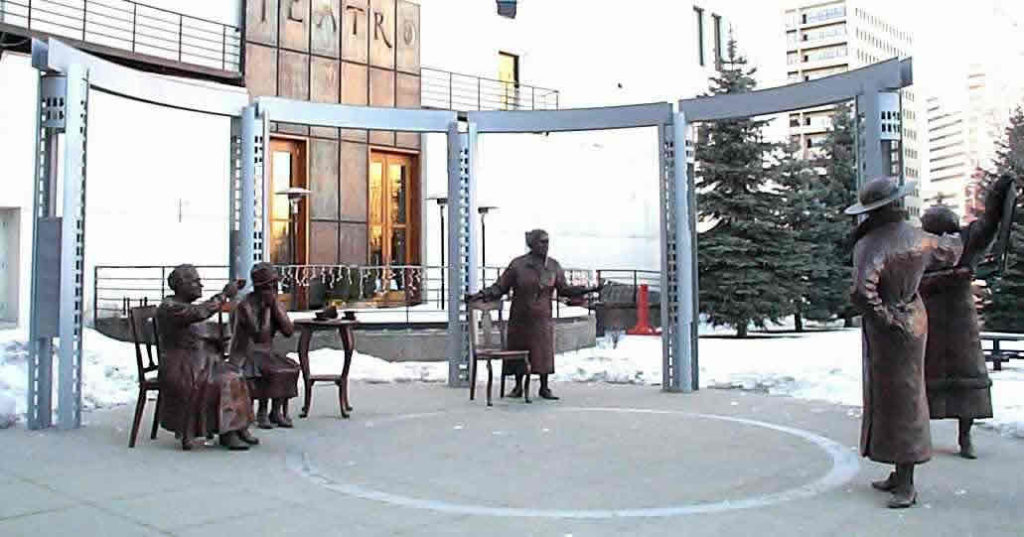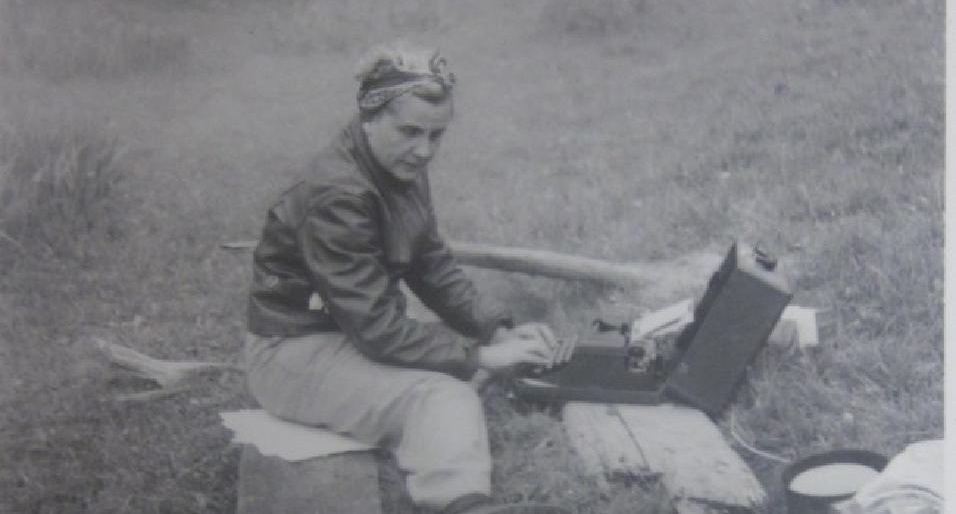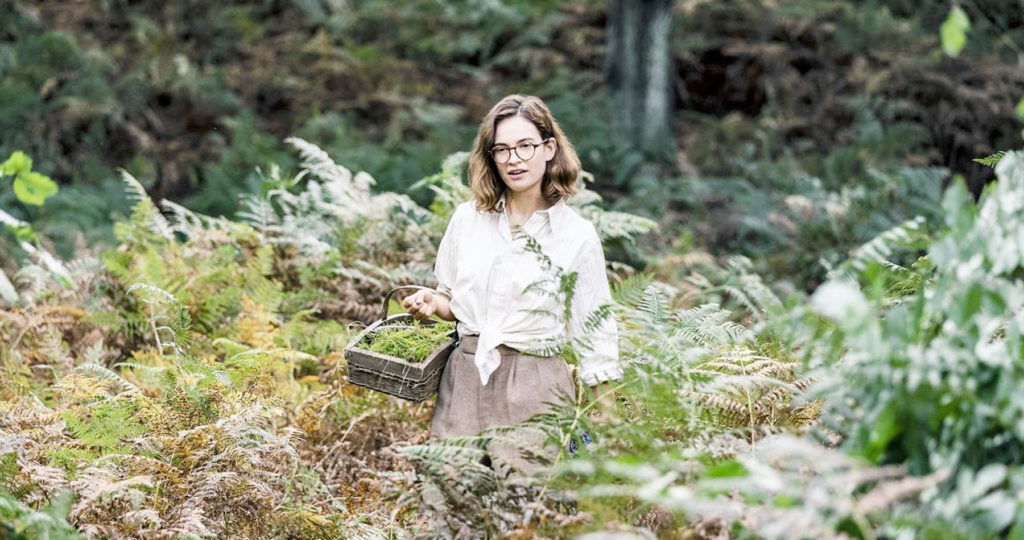Post Category : Women in Archaeology
The Famous Five
We would be remiss if we didn’t bring up the Famous Five who worked on the “Persons Case” to see women recognized as persons under the British North America Act. These women are Emily Murphy, Nellie McClung, Henrietta Muir Edwards, Irene Parlby, and Louise McKinney, all of whom made Alberta their home at some point in their lives.
Under the British North America Act (BNAA, originating in 1867), women were not eligible for rights and privileges, and thus were not considered “persons” in the full legal sense of the word. Although Emily Murphy was appointed an Alberta magistrate in 1916, her first role as judge was challenged by a lawyer because under the BNAA, she was not a “person”. Perhaps it is not surprising, then, that in 1917 the Supreme Court of Alberta ruled that women were, in fact, persons. However, this was not effective all over Canada. When Emily Murphy was put forward as a candidate to be a Canadian Senator, Prime Minister Robert Borden could not approve the appointment, due to the BNAA (1867).
But Emily Murphy found a loop hole. A provision in the Supreme Court of Canada Act states that any five persons acting as a unit has the right to petition the Supreme Court for clarification of a constitutional point. So in Edmonton, August 27, 1927, Emily hosted a tea party! Nellie McClung, Henrietta Muir Edwards, Irene Parlby, and Louise McKinney added their names to the letter petitioning the Supreme Court, which later became known as the “Persons” case. Their question was to clarify if the word “person” in section 24 of the BNAA includes women as “qualified persons” for being a Senator.

Representation of their first meeting. Located in downtown Calgary. Photo credit: User Thivierr on en.wikipedia [Public domain], via Wikimedia Commons
The outcome was devastating to women across the country. On March 14, 1928, the Supreme Court ruled that because the qualifications of a Senator were written in the BNAA with the pronoun “He”, this excluded women as qualified persons. Thankfully, since Canada was not fully independent from Britain, there was one more authority higher than the Supreme Court: the Privy Council in England. The Famous Five took their petition across the ocean, and on October 18, 1929, the Privy Council ruled in favour of women as persons. The representative, Lord Chancellor Sankey went on to say that to exclude women from public offices was outdated and barbarous. This ruling, of course, had resounding effects on women’s rights, and those who tried to suppress them.

Emily Murphy displays the verdict, as part of the Valiant Five, downtown Calgary. Photo credit: Cara Tremain
Individually, all five women were formidable champions for the rights and welfare of women and children. In addition, they represented several firsts in the political sphere. Emily Murphy was the first female magistrate in the British Empire. Irene Parlby was elected as MP of the Lacombe riding for 14 years, and was the first female Cabinet minister in Alberta. Nellie McClung was a novelist and journalist, whose efforts formed part of the social and moral reforms in Western Canada in the early 1900s. Her efforts saw Manitoba become the first province that granted women the right to vote and run for office in 1916. Louise McKinney was the first woman to be elected into the Alberta Legislature, and as a result, the first female Member of any Legislative Assembly in the British Empire. Henrietta Muir Edwards was a legal expert, and helped found the National Council of Women of Canada in 1893, which still operates today.



